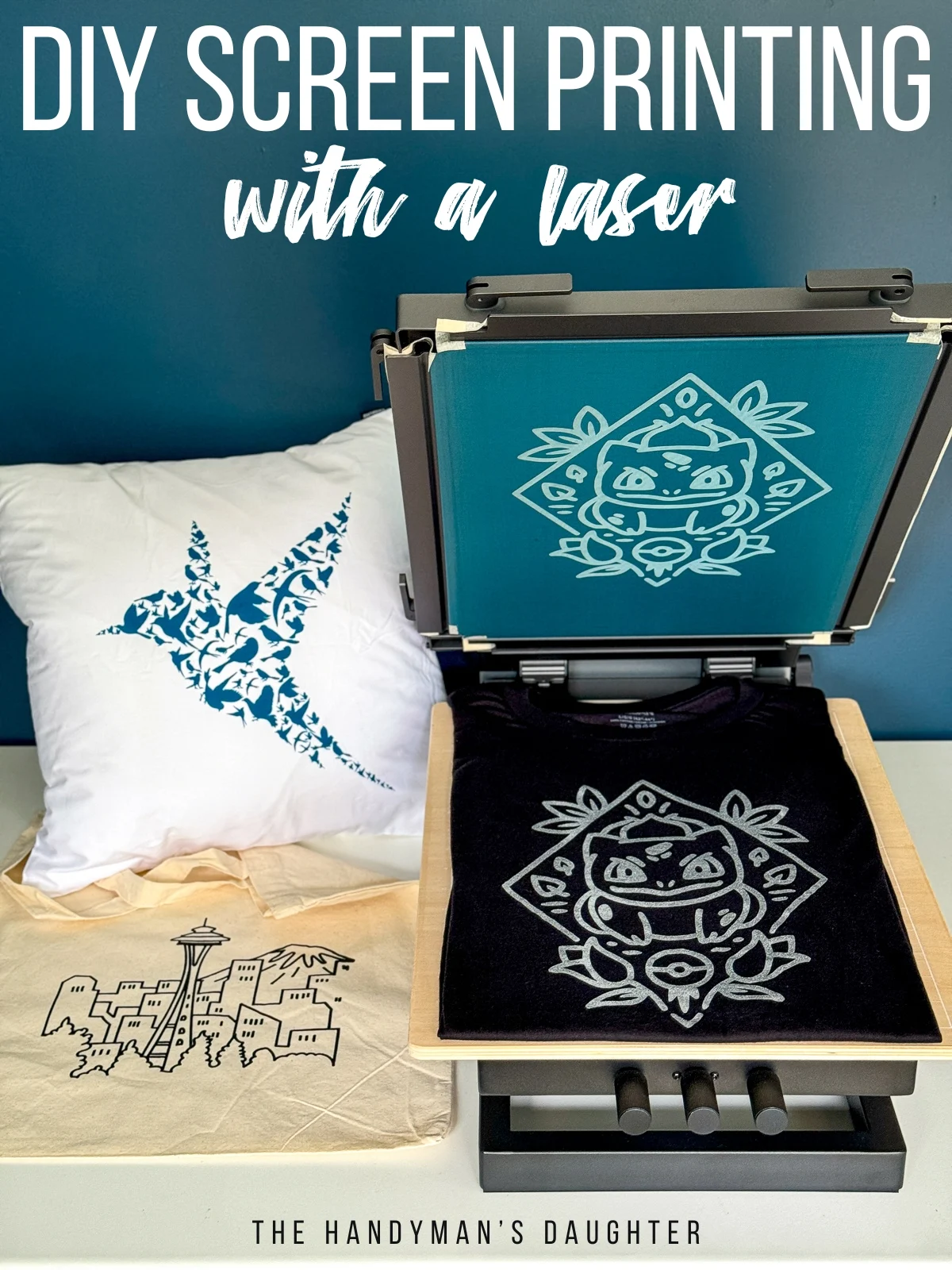The Essential Overview to Comprehending Screen Printing and Its Versatile Uses
Screen printing has an abundant history that goes back to ancient times, progressing into a sophisticated method used throughout various industries today. This overview explores the details of the screen printing process, describing its applications in home, fashion, and advertising and marketing style - 10:9 Design Embroidery. Understanding these principles can open innovative possibility for both commercial and creative tasks. The complying with areas will certainly reveal necessary tips and techniques to enhance one's screen printing endeavors
The Background of Screen Printing
Screen printing has roots that trace back centuries, its development shows the imaginative and technical advancements of various cultures. Originating in ancient China, the technique was initially used for decorating textiles and later infect Japan, where it came to be important to Ukiyo-e woodblock printing. The technique shifted to Europe in the 18th century, where it got appeal among artisans and business printers. The innovation of image emulsion in the 20th century changed screen printing, enabling more intricate styles and greater effectiveness. Musicians like Andy Warhol additionally pushed its popularity, utilizing the medium to create famous works that blended commercialism and great art. By the late 20th century, screen printing had actually established itself as a versatile strategy, employed in fashion, advertising, and great art. Today, it remains to evolve, incorporating digital technology and increasing its applications across various markets.
The Screen Printing Process Explained
Screen printing changes imaginative visions right into tangible layouts through a collection of accurate steps. A picture is produced and then transferred onto a screen, usually made of great mesh textile extended over a structure. A light-sensitive emulsion is related to the screen, which is subjected to light, solidifying in areas not covered by the photo. After rinsing the unhardened emulsion, a pattern is created.
Next, the screen is put over the substrate, whether it be fabric, paper, or an additional material. Ink is after that pressed with the open areas of the stencil making use of a squeegee, transferring the style onto the substratum below. This procedure can be duplicated for numerous colors, needing separate screens for each and every shade. Lastly, the published thing is cured using warm to assure the ink sticks appropriately, causing a durable, lively layout ready for use.
Types of Screen Printing Techniques

Furthermore, specialty methods, such as discharge screen printing, eliminate dye from the material to produce softer prints, while aluminum foil screen printing uses metal aluminum foil to accomplish a shiny surface (10:9 Design reviews). Each strategy supplies distinctive attributes, satisfying go to the website numerous innovative requirements and production scales, ultimately expanding the possibilities within the screen printing domain name
Applications of Screen Printing in Different Industries
.png)
In addition, the signage and advertising sectors make use of screen printing for creating attractive display screens and banners. This technique allows for strong shades and elaborate layouts that capture interest. In electronic devices, screen printing is utilized for using conductive inks to circuit boards, necessary for component connections. In addition, the home design sector embraces screen printing to create distinct designs on textiles and wall art. In general, screen printing works as a crucial tool throughout varied areas, improving products with customized and aesthetically enticing graphics.
Tips for Effective Screen Printing Projects
While undertaking a screen printing project, careful interest to information can substantially boost the last outcome. First, selecting top notch products is important; this includes the screen, inks, and substrates. Utilizing ideal mesh matters can influence ink deposition and information resolution. Prep work is similarly vital; complete cleaning of displays and appropriate exposure times guarantee crisp prints.
Next, accurate enrollment is important for multi-color prints. Utilizing alignment tools can help achieve specific layering. Additionally, testing prints on scrap materials before manufacturing assists identify potential concerns without wasting resources.

Frequently Asked Questions
What Products Are Ideal for Screen Printing on Material?
Cotton and polyester blends are suitable for screen printing on material because of their longevity and ink absorption. Additionally, specialty textiles like silk or canvas can create unique appearances and finishes, boosting the overall layout high quality.
Exactly how Do I Clean and Maintain Screen Printing Equipment?
To preserve and clean up screen printing tools, navigate here one ought to consistently clean screens with ideal solvents, inspect squeegees for wear, oil moving components, and store all products in a dry, dust-free setting to extend their lifespan.
What Are the Ecological Impacts of Screen Printing?
Screen printing can have substantial environmental effects, consisting of chemical waste from inks and solvents, water use during cleansing procedures, and energy intake. Sustainable methods and green materials are necessary for minimizing these unfavorable effects.
Can Screen Printing Be Done in your home Effectively?
Screen printing can be efficiently done at home with the appropriate products and techniques. Hobbyists can produce quality prints, though success depends upon their ability degree, tools, and understanding of the process involved.
What Are the Expenses Connected With Starting a Screen Printing Company?

Starting a screen printing company involves costs for equipment, materials, and work area. Initial expenses usually range from a couple of hundred to numerous thousand bucks, depending on the range, top quality of equipment, and preferred production capacity.
Screen printing has an abundant background that dates back to old times, progressing into a sophisticated technique made use of across various markets today. One more method, rotary screen printing, employs round screens, assisting in continual printing on textile rolls, therefore improving efficiency for large manufacturings. Furthermore, specialized strategies, such as discharge screen printing, get rid of dye from the material to produce softer prints, while foil screen printing uses metal foil to achieve a shiny coating. In the fashion market, screen printing is commonly utilized to produce lively layouts on apparel, making it possible for brands to showcase their distinct styles. Cotton and polyester blends are perfect for screen printing on fabric due to their toughness and ink absorption.